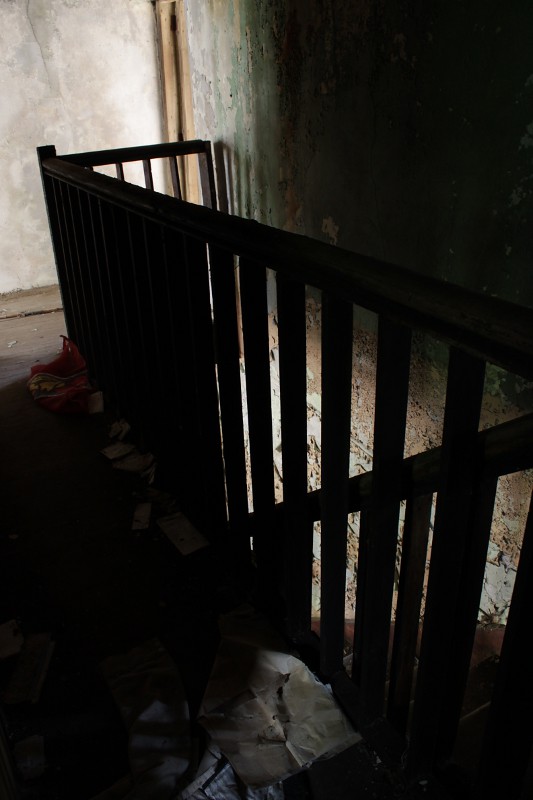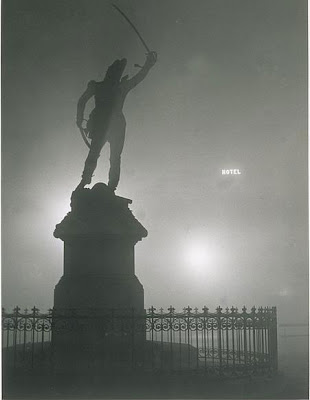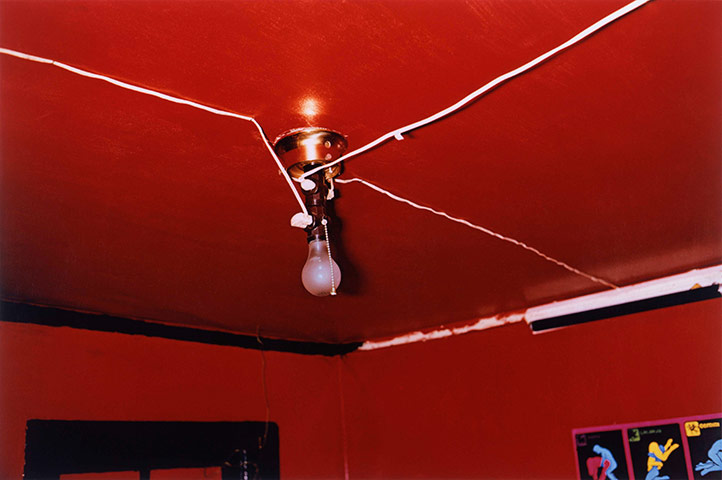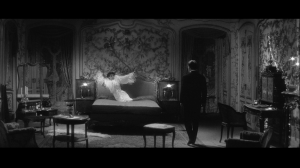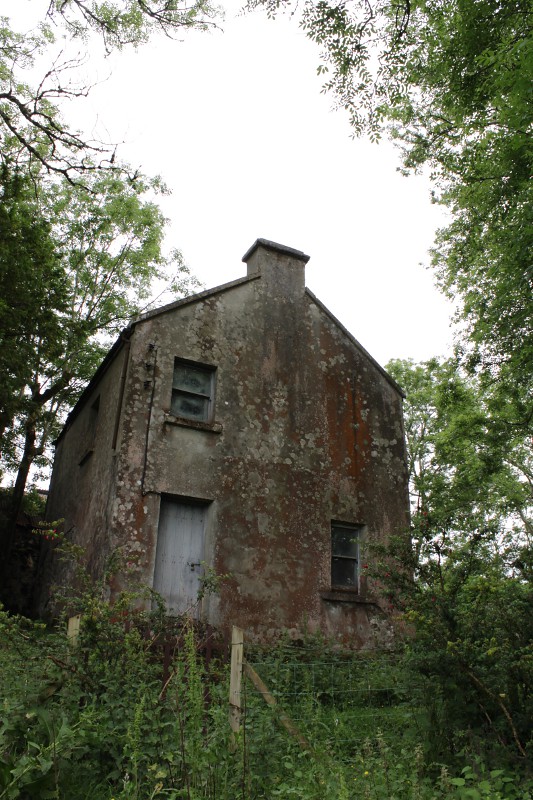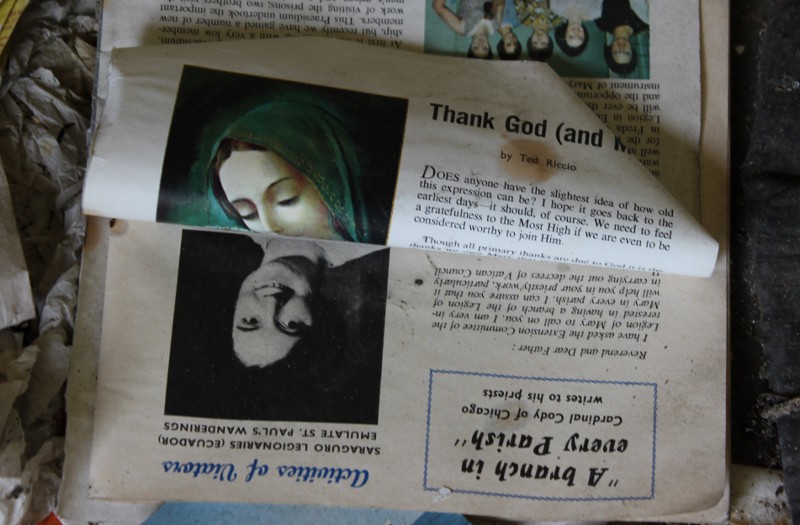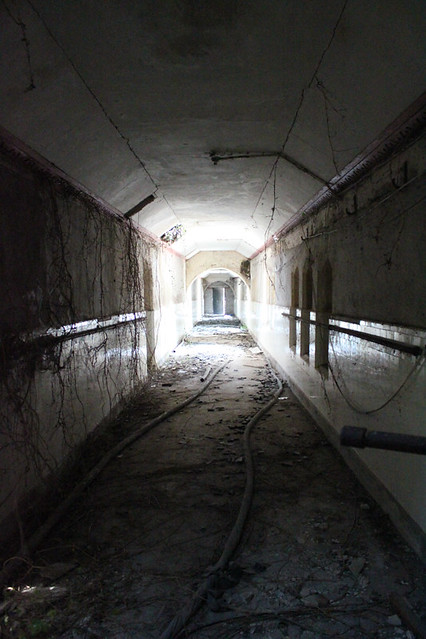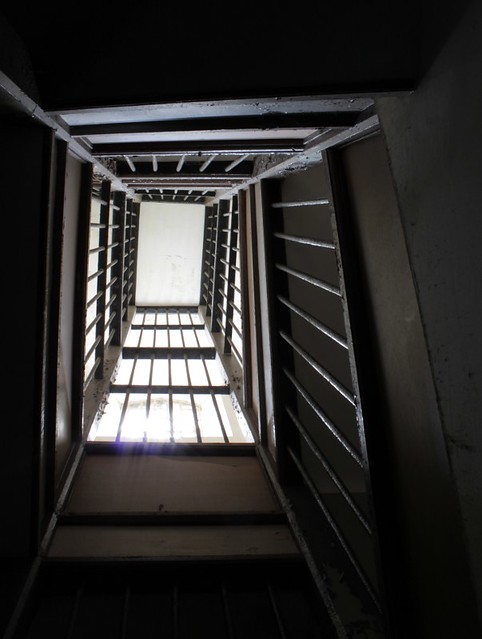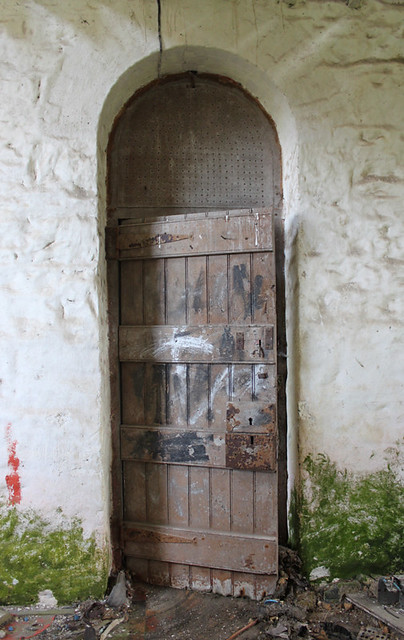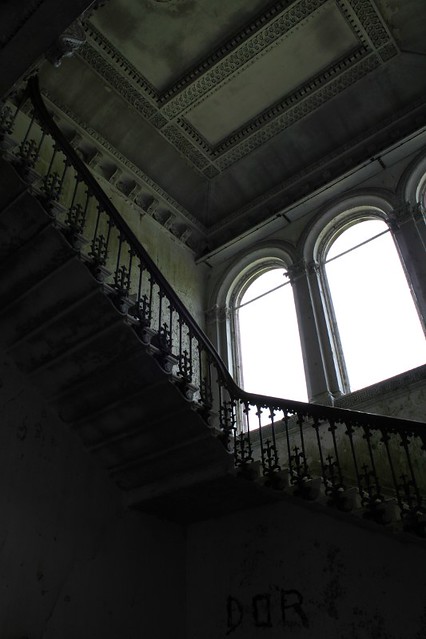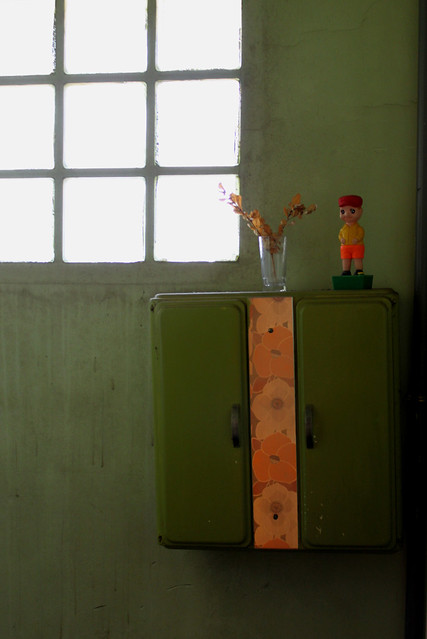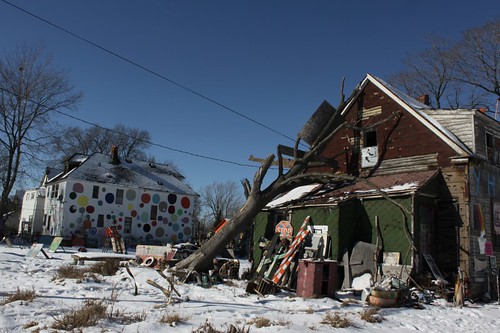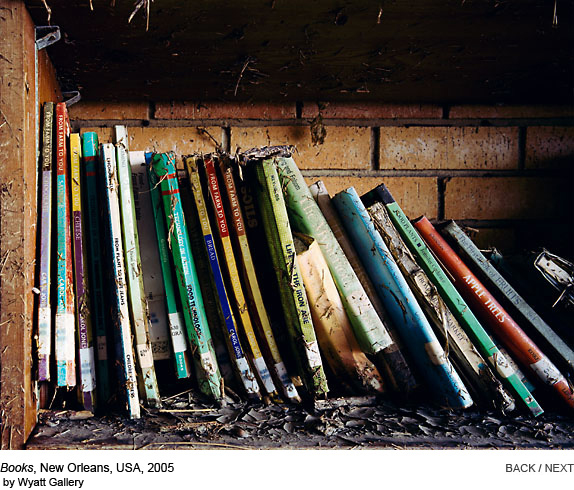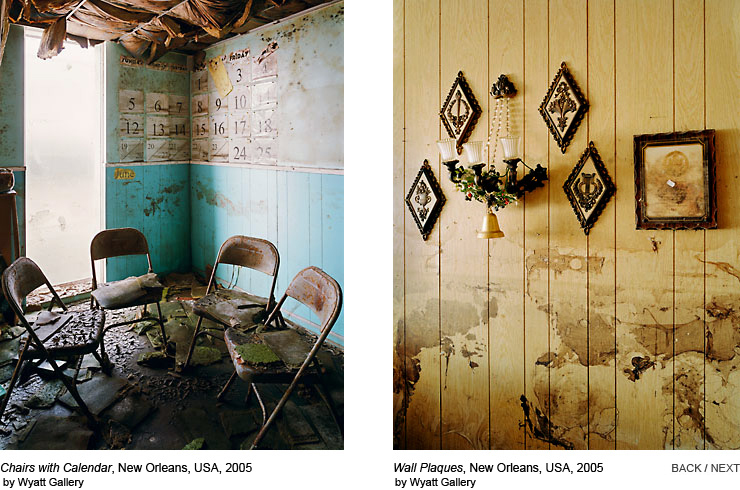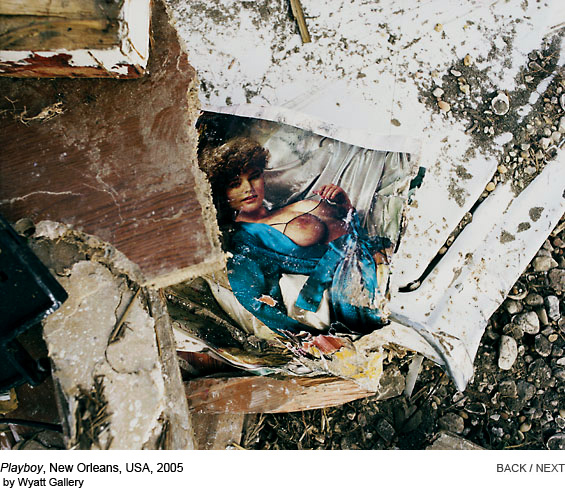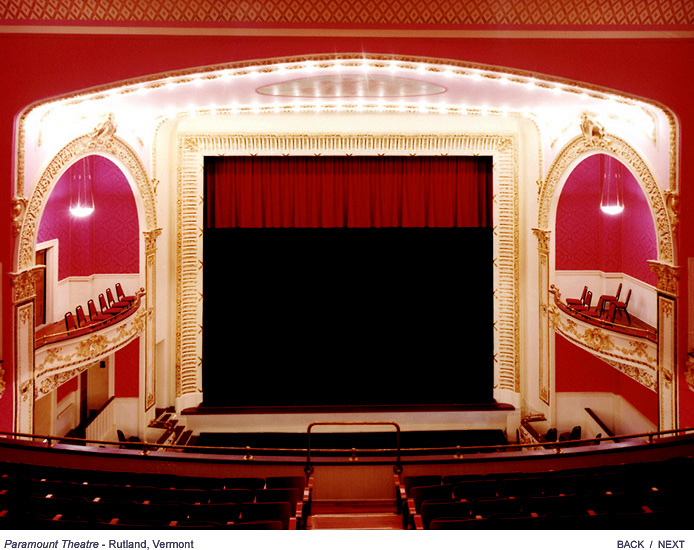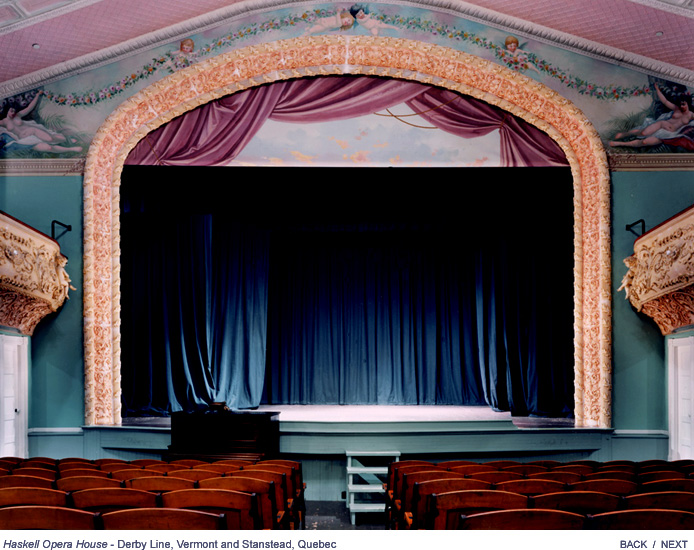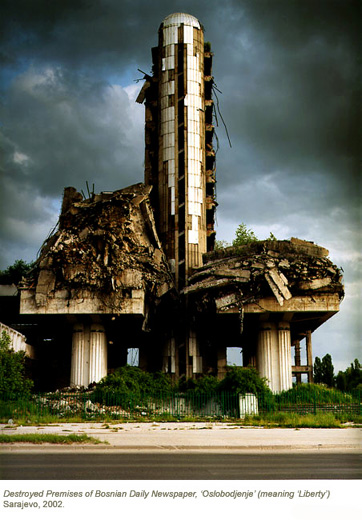Develop your project proposal to plan a challenging and self-directed programme of study
The evolution of my project proposal can be tracked through the successive drafts. At first, my project was heavily influenced by Surrealism because I share their interests in psychoanalysis, psychogeography and the use of intuitive creative processes. I had however a nagging concern about merely emulating a past artistic movement.
After researching in depth the Surrealist theory of art, mainly through the writings of Andre Breton but also through other historical surrealist writings and contemporary critical texts, I understood that Surrealism was interested in finding the point of reconciliation where reality and dream merge, which they call ‘Surreality’, whereas I was more interested in pointing out ambiguous areas where dream and reality are still distinct but not easily distinguished, which creates doubt and confusion. I still felt close however to photographers who inspired the Surrealists or worked loosely with them without fully adhering to Surrealist theroy, such as Eugène Atget or Brassaï, because their photographs of cities had this aura of disquieting banality. Through this I identified Freud’s concept of the Uncanny as a key concern.
Having identified my interest in ambiguity in photographs, I researched how the same feeling could be achieved in moving image. I researched how to use sound design and camera placement and editing in a moving image work to cause feelings of doubt and confusion in the audience. These posts would later inspire the research paper.
Having identified this aim of using an artwork to manipulate the audience’s feelings, a core strand of my research now concerned the relationship between the artist and the audience via the artwork as a communication medium. For the Mid-Point Review, I devised an experiment where I showed videos to my classmates and asked them to tell me honestly what intuitive reactions they got from it, and whether those reactions differed from their ‘intellectual’ reactions as an art student. My wish to touch the audience on an intuitive level comes from 2 grounds: 1) make art that can be enjoyed by an audience without a formal education or critical references 2) take these viewers that have those critical references outside of their comfort zone, that is the ‘safe area’ of detached intellectual analysis.
I used my classmates’ feedback to determine in what measure I had achieved my aim, and develop a program of study to improve the weak points accordingly.
The first main area of improvement was to research in depth the technical means to cause ambiguity in moving image, where I felt I was not achieving my goal as successfully as in my photographs. This strand of work was mostly conducted through research about filmmaking techniques that culminated in the research paper. Writing this paper improved my understanding of moving image greatly and I learned many techniques that I plan to use in my own practical work through Unit 2.
The second main area of improvement was to research in depth the critical and theoretical aspects of audience response. I was particularly interested in Nicolas Bourriaud’s Relational Aesthetics because he focuses on the relationship/communication between the artist and their audience via the artwork and makes central the question of the social function of art and its philosophical implications, something that I feel is too often overlooked in contemporary art. The other key influence was Roland Barthes’ concept of ‘punctum’ explained in ‘Camera Lucida’. The ‘punctum’ is the little element in a picture that gives it ambiguity and different level of meanings, which is exactly what I aim to put in my artworks to be able to consider them successful.
My interest in ambiguity also led me to research critical articles discussing documentary, fiction and the sometimes blurred line between them in artworks.
The whole of the different strands of my theoretical research can be found under reading notes.
Demonstrate a critical engagement with practice-based research and contribute actively to debate and discussion
Researching the critical and theoretical aspects of audience response made me more aware of the implications of producing visual/physical artworks designed to communicate ideas and concepts to an audience.
Having identified lens-based images creating an awkward feeling of ambiguity regarding their documentary or staged nature as a key concern in my practice, I attended Canterbury University Symposium “Video art: between documentary and fiction”. This seminar made me discover artists sharing my interests within the visual arts/experimental film making fields, such as Sarah Turner and Jeremy Millar and I took the opportunity to ask them questions. Their answers to my and other audience members’ questions are reported on my blog. Previously, my moving image references were all from cinema (David Lynch, Andrei Tarkovsky).
I am active in the chat sessions debates and also aim to assist fellow students by giving them references that I feel are potentially related to their projects. For example, I recommended the book Autobiography: Artworks to Maya (via email), the artist Shirin Neshat to Tahira (during chat session), Deleuze’s Cinema 1 and 2 to Matt during his MPR because he was interested in the frame and discussed the issue of political art related to David’s project on climate change during his MPR.
I regularly submit my photography and video work made for the MA to exhibitions outside of the university, in order to evaluate their impact in front of a ‘real’ audience and find out whether professional curators find them relevant or not. I find it useful to have a neutral source of feedback from professionals who do no know me personally.
Articulate a clear understanding of the methodology and context of your creative practice in both written and verbal forms
Because I work intuitively, a whole strand of research was about analysing what draws me to the work of artists I find inspiring, ‘reverse engineer’ the methodology behind their work and see what parts of these methodologies apply to my own work, and what parts are different. I did this process both for photography and video art.
By looking critically at the work of photographers Lars Tunbjörk, Stephen Shore, Robert Polidori, William Eggleston and Alec Soth and analysing my reaction to them, I found out that what draws me to an unstaged photograph is a cinematic look, with dramatic lighting and almost ‘technicolor’ colours, that creates an ambiguous contrast with the unstaged nature of the scene (I only talk about unstaged photographs because those are what I make so far; what draws me to the staged photographs I like may be different.) I researched the techniques of these photographers and found out that the combined use of natural light and long exposure creates these deep saturated colours and this very specific mix of a highly detailed picture that still contains dark areas that I call a ‘cinematic look’. I was already working with natural light due to an intuitive preference for it. I studied the technical aspects of photography in order to rely less on the camera’s automatic settings, and force longer exposures allowing more depth of field in order to attain this cinematic look. I experimented with re shooting some photographs with more manual settings. The results were mixed: I got some real good images, but others need further improvement.
The video artists I felt closest too are Jane and Louise Wilson, Eija-Liisa Ahtila, and Markus Schinwald. Their work depict oppressive spaces, and often show lost, alienated characters wandering aimlessly in them. I identified this particular vision of the human condition as the key appeal of their work for me. When I wrote the research paper, I linked this feeling to the concept that the experience of the modern man is ‘labyrinthine’ developed by Nietzsche, Benjamin and Sartre, and discovered that my favourite films used cinema techniques to make the audience experience this feeling of being lost. I broke down the techniques used into categories of narrative forms, set design, choice of colours and lighting, rhythm and editing and sound design and dissected each of them. I hope to be able to use them in my own video work during Unit 2. I had made 2 videos for the MPR and while I was quite satisfied with ‘Ghost House’, I found ‘Disciplinary Institutions’ too dry and descriptive. In unit 2, I hope to be able to improve the depth of feeling created by the videos by using more sophisticated techniques.
These technical considerations can be found in the category moving image techniques. Posts leading to technical conclusions about my own practice are tagged ‘methodology’.
All the practical work done during Unit 1 is filed under my practice, which includes two main projects Disciplinary Institutions and Ghost House as well as various independant experiments.

